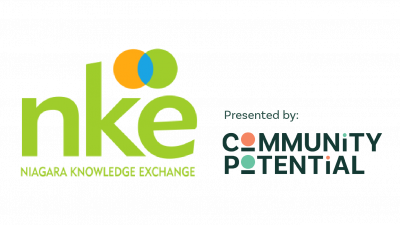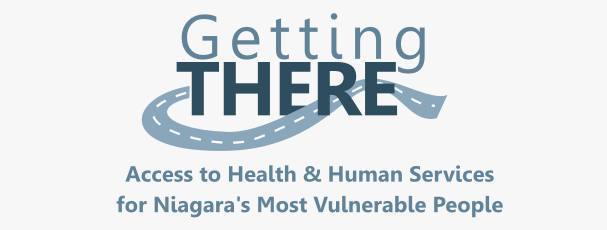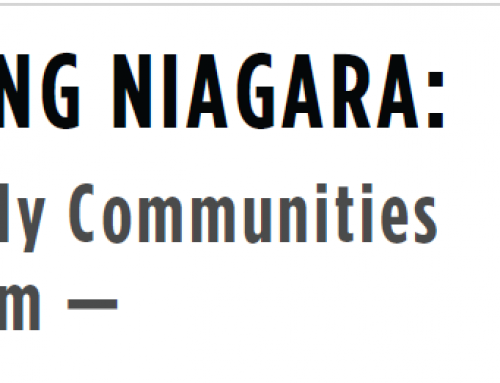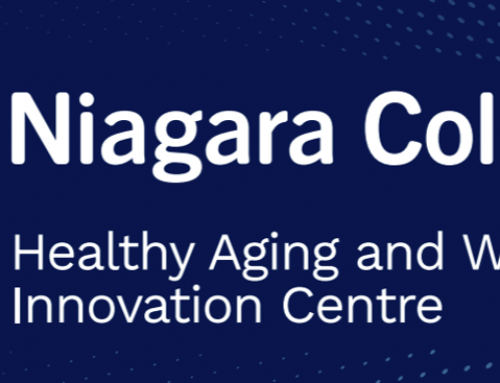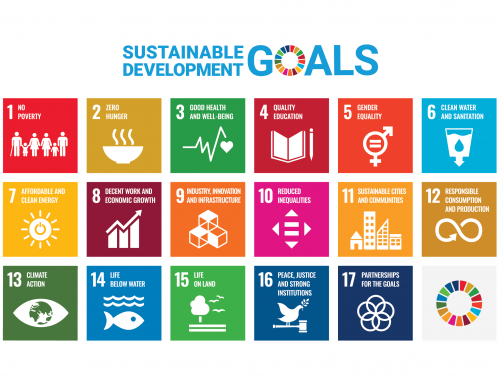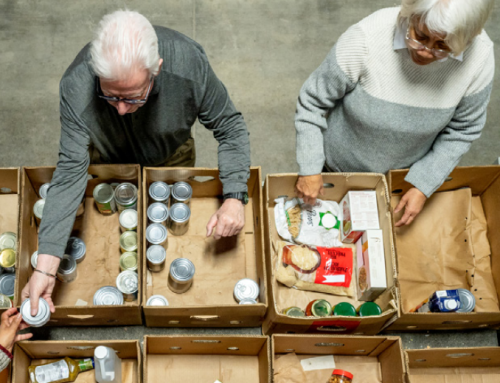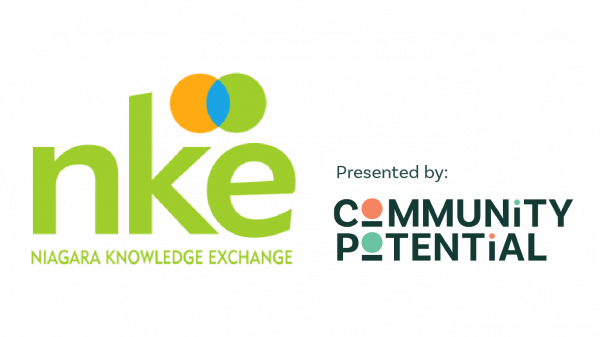The Getting There Business Case for a model for centrally-dispatched access to health and human services for the most vulnerable people in Niagara was finalized in July, 2015. It reflects the collaborative work of over 30 Niagara agencies. The work to build it is being done with the understanding that through standardization comes the opportunity to integrate best practice and effect quality management.
The Getting There definition of vulnerable people is: ‘those in our community without the means or ability to access health and human services in a safe and acceptable way –such as those living in poverty, frail seniors, people with mental health and addictions challenges, limited mobility, hearing or visual impairment, or the need for life-sustaining equipment’.
Beginning in late 2012, a group of 16 Niagara agencies began gathering Getting There building blocks. In May, 2014, over 30 agencies reviewed the building blocks and agreed to work together to build the Getting There Business Case, which:
- builds on relevant work already done in other regions of Ontario, such as establishment of the effective Huron-Perth EasyRide model, profiled in Accelerating Rural Transportation Solutions: Ten Community Case Studies in Ontario
- draws on Spring 2015 survey responses from 11 Niagara agencies that serve vulnerable people – the survey began gathering an inventory of assets being utilized in Niagara to enable access to services for vulnerable people; and
- aligns with the HNHB LHIN’s Triple Aim framework
The Getting There Business Plan is now being constructed. It describes the model, partnerships, operating, human resource and phased-in action plan for establishing the centrally-dispatched access model in Niagara. Niagara Connects is facilitating the community’s work to build the Getting There model, in partnership with Niagara Southwest Health Links, with assistance from the Brock University Goodman School of Business MBA Consulting Group.
If you would like to be involved in advancing the Getting There work, please let us know.
Mary Wiley,
Executive Director,
Niagara Connects
ed@niagaraconnects.ca
Resources:
- Towards Coordinated Rural Transportation: A Resource Document (Rural Ontario Institute, 2014)
- Accelerating Rural Transportation Solutions: Ten Community Case Studies from Ontario
- Accessing Health Services: Transportation Services in the HNHB LHIN
- January 19, 2015 NKE Blog Post: Building the “Getting There” Business Case
